Discovering the Best Voltage Cable Options for Your Electrical Projects
In the rapidly evolving world of electrical engineering, the selection of the right Voltage Cable is crucial for the success of any project. According to a recent report by the International Energy Agency, the global demand for effective and resilient power distribution methods has surged by over 30% in the last decade, highlighting the need for high-quality wiring solutions. Voltage Cables play a pivotal role in ensuring safety and efficiency in electrical systems, with improper choices potentially leading to increased energy losses and higher operational costs. Furthermore, as renewable energy sources and advanced technologies continue to rise, the demand for specialized Voltage Cables capable of handling varying capacities and environmental conditions is more pressing than ever. By exploring the best options and understanding the specific requirements of your electrical projects, you can significantly enhance both performance and longevity in your installations.
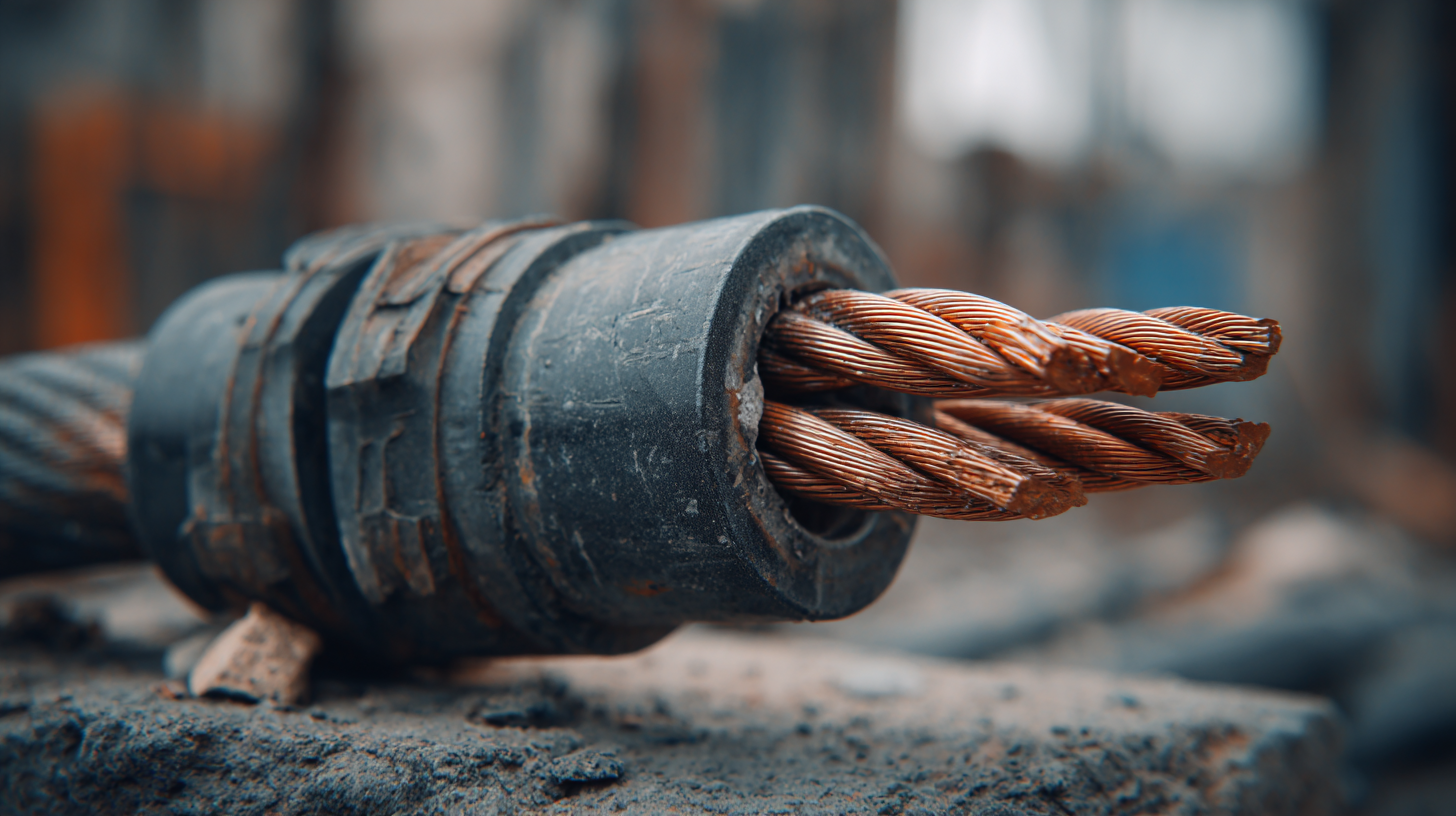
Best Practices for Selecting Voltage Cables in Residential Electrical Projects
When selecting voltage cables for residential electrical projects, adhering to best practices is crucial for ensuring safety and performance. According to the National Electrical Code (NEC), the first step in choosing the right cable is to determine the voltage requirements and the load it needs to handle. For instance, typical residential wiring often uses 12-gauge wire for 20-amp circuits, supporting up to 2400 watts. Failure to choose the appropriate gauge can lead to overheating and potential fire hazards.
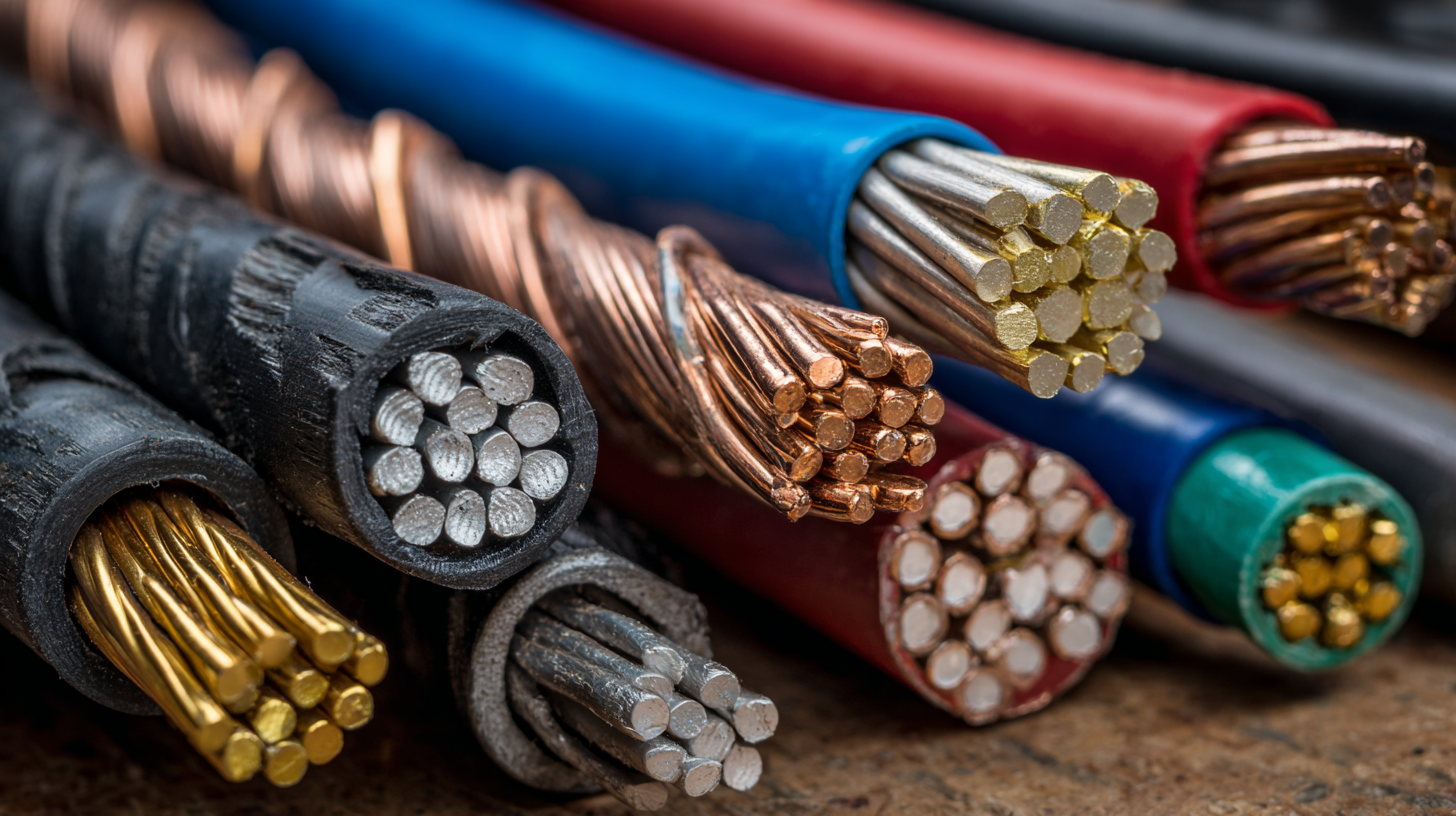
Furthermore, it's essential to consider the cable insulation type, especially in areas with fluctuating temperatures or moisture. The American Wire Gauge (AWG) system provides a clear benchmark: THHN (Thermoplastic High Heat-resistant Nylon-coated) wires are preferred for dry locations, while UF (Underground Feeder) cables are designed for underground installations where moisture is a concern. According to a report by the Electric Power Research Institute, selecting cables with the correct voltage rating and insulation can enhance energy efficiency by up to 15%, making it an essential aspect of residential energy management. By following these best practices, homeowners can ensure the longevity and safety of their electrical systems.
Evaluating Wire Gauge and Its Impact on Electrical Load Capacity
When working on electrical projects, evaluating wire gauge is critical as it directly impacts the electrical load capacity that a circuit can handle. The selection of the appropriate gauge affects not only the efficiency of the electrical system but also its safety. A wire that is too thin for a given load can lead to overheating, resulting in potential hazards such as fires. Understanding the relationship between wire gauge and current-carrying capacity is essential for designers and engineers to ensure that their projects meet electrical codes and performance standards.
Recent studies have highlighted the importance of thermal assessment in determining the current rating of power cables. The thermal behavior of cables under load influences their ampacity and overall reliability. For example, high-temperature low sag conductors have shown superior performance in terms of handling higher temperatures and improving stability compared to traditional conductors. As renewable energy sources gain traction, this knowledge becomes increasingly crucial, particularly when integrating new systems such as EV charging stations, which require careful management of electrical load to optimize energy efficiency and sustainability.
Discovering the Best Voltage Cable Options for Your Electrical Projects
This chart illustrates the relationship between wire gauge, electrical load capacity, and the maximum amperage each wire gauge can handle. Understanding this information is crucial for selecting the appropriate voltage cable for various electrical projects.
Top Voltage Cable Materials: Copper vs. Aluminum in Performance and Cost
When it comes to choosing the best voltage cable materials for your electrical projects, the debate between copper and aluminum wires is essential. Copper excels in conductivity, making it the preferred choice for applications requiring high performance. It offers a smaller diameter for the same conductivity compared to aluminum, which means less space is needed for installation. However, copper's higher cost can be a significant factor for budget-conscious projects.
On the other hand, aluminum wires are lighter and generally more affordable, making them an attractive option for large-scale applications, especially in power distribution. They require larger diameters to match copper's conductivity, which can impact installation logistics. Additionally, with the growing focus on renewable energy sources, such as solar and wind, both materials are witnessing increased demand, creating opportunities for better alternatives in the market.
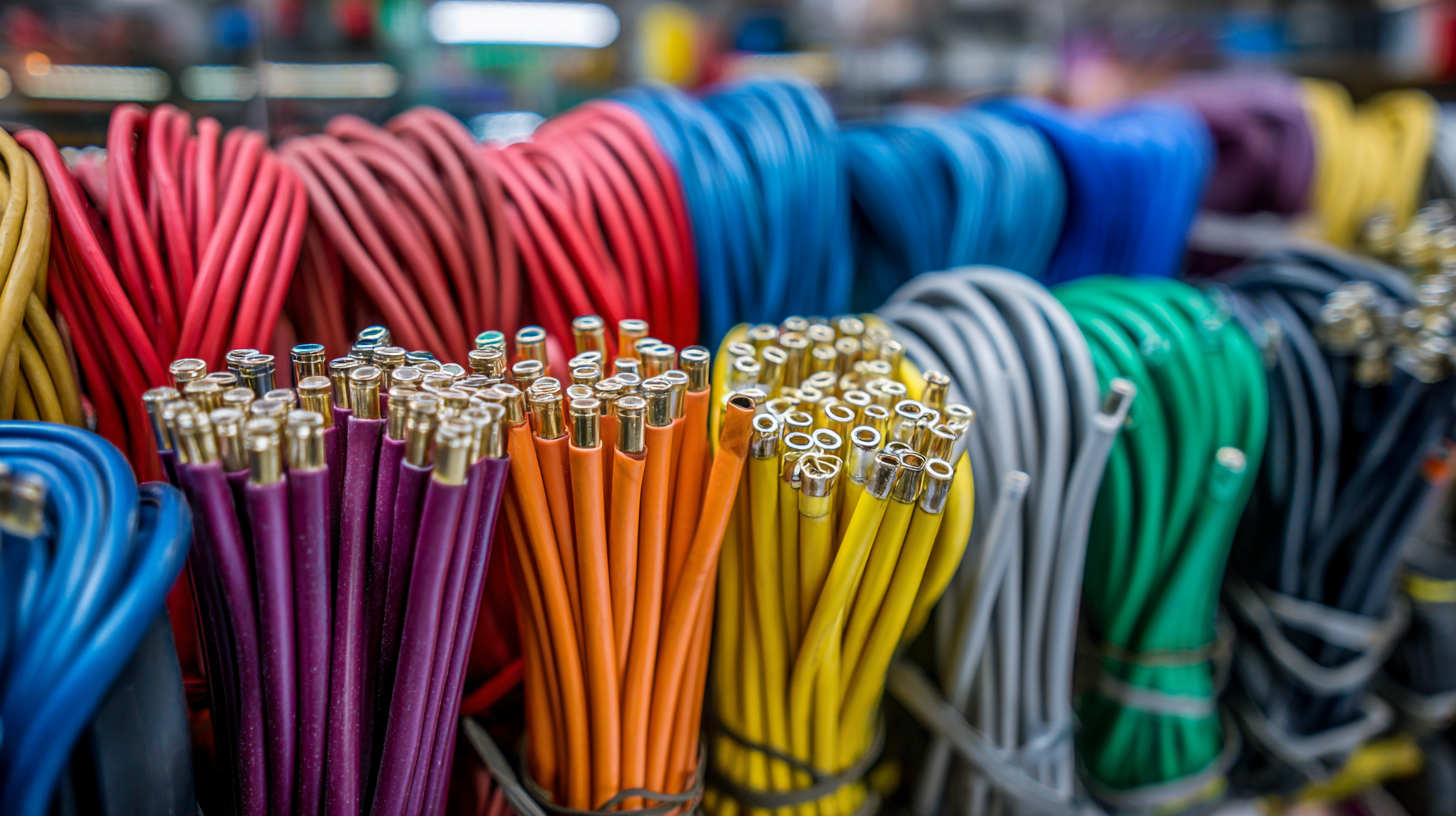
Tips: When selecting between copper and aluminum, consider the specific requirements of your project, including budget constraints and installation conditions. Always conduct a thorough analysis of your long-term needs versus initial costs. Additionally, staying informed about market trends can help you make more strategic purchasing decisions tailored to your project's future needs.
Understanding Voltage Drop: Industry Standards and Calculation Techniques
When working on electrical projects, understanding voltage drop is critical to ensuring the efficacy and safety of your installations. Voltage drop refers to the reduction in voltage in the electrical circuit between the source and load due to the resistance of the conductors. Various industry standards define acceptable limits for voltage drop, which help engineers design reliable systems. Calculating voltage drop involves considering factors such as cable length, cross-sectional area, material type, and load current.
**Tips:** Start by assessing the specific requirements of your project. Utilize tools like voltage drop calculators to quickly obtain estimates based on your project parameters. Additionally, consider using high-quality cables that comply with industry standards to minimize unnecessary voltage loss.
It's also essential to adopt effective methods for determining the internal resistance of components like lithium-ion cells, since this affects the overall efficiency of power management systems. Techniques such as AC methods and electrochemical impedance spectroscopy provide valuable insights into the performance of these components. By optimizing your approach to selecting cable sizes and understanding the intricacies of voltage drop, you can enhance the performance and reliability of your electrical installations.
Discovering the Best Voltage Cable Options for Your Electrical Projects - Understanding Voltage Drop: Industry Standards and Calculation Techniques
| Cable Type | Conductor Material | Wire Gauge (AWG) | Max Current (A) | Voltage Drop (%) per 100ft | Length of Run (ft) | Voltage at Load (V) |
|---|---|---|---|---|---|---|
| NM-B | Copper | 12 | 20 | 3.2 | 100 | 118.0 |
| UF | Copper | 10 | 30 | 2.0 | 150 | 147.0 |
| THHN | Copper | 8 | 50 | 1.5 | 200 | 147.5 |
| MC | Aluminum | 12 | 20 | 4.5 | 100 | 115.5 |
| XHHW | Copper | 6 | 65 | 1.0 | 250 | 157.5 |
Innovative Voltage Cable Solutions for Renewable Energy Applications
Innovative voltage cable solutions are becoming increasingly vital for renewable energy applications. As the world shifts towards sustainable practices, the demand for reliable, efficient, and adaptable wiring systems grows. Renewable energy sources, such as solar, wind, and hydropower, require advanced cable technology to efficiently transmit electricity and integrate seamlessly into existing power grids. These innovations not only enhance energy transfer but also contribute to reducing losses, making renewable sources more viable.
The emergence of new materials and engineering techniques is gearing the industry towards sustainable solutions. As the global market forecast projects significant growth in power cables, especially driven by clean energy initiatives, it becomes clear that advancements in voltage cable technology will play a critical role in achieving renewable energy targets. Efforts to develop durable, lightweight, and resistant cables are paving the way for enhanced performance in various environmental conditions, ultimately supporting the transition to a more sustainable energy landscape.
Related Posts
-

The Ultimate Guide to Choosing the Right Voltage Cable for Your Needs
-
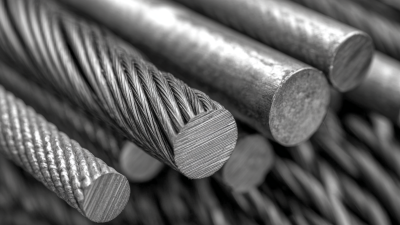
Navigating Industry Production Standards Challenges for Best Medium Voltage Cable
-
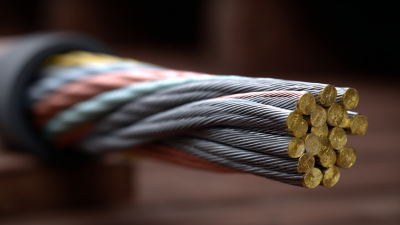
Empowering Global Connections with China's Finest Voltage Cables
-
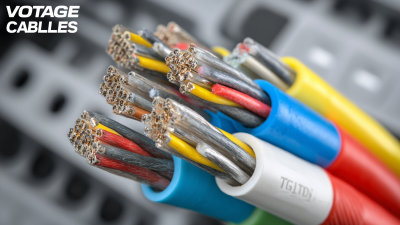
Unlocking Global Trade with Best Voltage Cables Understanding Import Export Certifications for Compliance
-
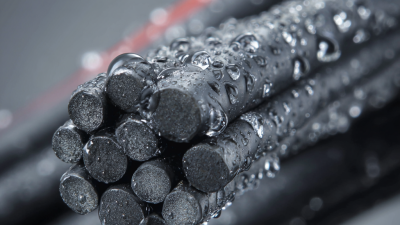
5 Proven Benefits of Using Best Cable Rubber in Industrial Applications
-

Innovative Alternatives for Electric Cables Enhancing Efficiency and Sustainability in the Industry
